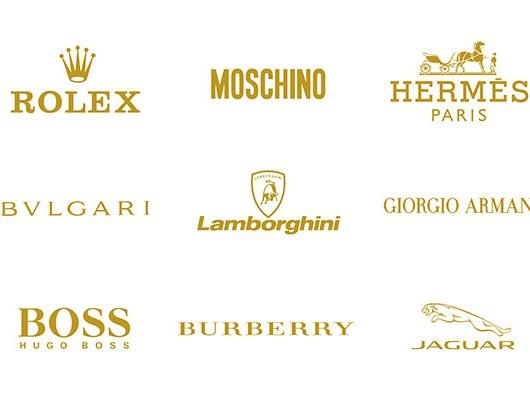The Future Is Electric
By: Reham Eldidi, Head of Corporate Communications at Stellantis Middle East

Looking ahead to 2023 and beyond for the automotive industry, there’s one major issue that will dominate the agenda for the sector not just next year, but for the next generation.
As the global conversation continues to focus on the pressing societal demands of climate change, I believe there has never been a better time to harness the power of marketing and brand awareness to shift consumer trends to a wider adoption of electric vehicles (EVs). The change is coming, and at Stellantis, we’re committed to our goal of becoming leaders of that change.
Alongside our key partners around the world, we have a rare opportunity to utilise the strength of the Stellantis’ portfolio of iconic brands – including Jeep, Ram, Dodge, PEUGEOT, Fiat and Alfa Romeo – to encourage the move towards a more sustainable mindset that can herald a better future for us all.
Earlier this year, we accelerated our shift to becoming a sustainable mobility tech company through our relationship with Amazon to deploy technology and software expertise across Stellantis’ organisation. This includes vehicle development, training the next generation of automotive software engineers, and building connected in-vehicle experiences. We’ve also created a joint venture with Foxconn Partner to help reduce semiconductor complexity and provide capabilities and flexibility as vehicles become increasingly software-defined.
As technology continues to advance – and luxury, premium and mainstream brands bring more electric vehicles into mass production – the automotive industry can play a crucial role in reducing emissions in the years ahead. Our own pledge to become carbon net zero by 2038 – with a 50 per cent reduction in emissions by the end of the decade – is a clear message of our commitment.
We all have a role to play in securing a more sustainable future, and it is in the hands of governments and the private sector to take the leadership role and persuade people to join us on that journey.
The challenge we will face is how to convince consumers to switch from petrol to electric vehicles. That can be done in part with effective marketing and messaging, but it also requires government regulations, and the development of infrastructure – like charging stations, that supports the mobility transition to EV.
That said, the power of effective branding campaigns cannot be underestimated, and we see the perfect opportunity to encourage a consumer and commercial switch towards electric vehicles, which is reflected in our Dare Forward 2030 strategy and commitment to becoming the industry champion in fight against climate change.
Most people are aware of the damage of carbon emissions on the environment, but many think electric vehicles are too expensive, with little choice of vehicles, or are too complicated to use. With effective marketing and communication campaigns, we can help change those views. In fact, the total cost of ownership is more budget friendly.
The long-term benefits of electric vehicles are wide ranging, and not just from an environmental perspective. They are generally cheaper to run, and with fewer moving parts than vehicles using petrol and diesel and are easier to maintain. They typically require far less servicing than vehicles with internal combustion engines (ICE), so costs can be saved there too.
Electric cars operate without expensive fuel injectors, exhaust systems, starter motors and radiators – so there really are simply fewer things that can go wrong. Even in the harsh environment of the Middle East, we have seen extensive testing of electric batteries that can withstand the intense summer heat.
Furthermore, due to the fact that less vehicle parts are needed – which in turn lends to more space – electric vehicles allow for more creativity in terms of design.
Not only are we at Stellantis committed to significantly reducing the initial purchase cost of EVs, we also as an industry need to communicate those total cost of ownership savings, as well as the net benefits to the communities we live in – zero noise, zero vibration, zero emissions, zero odour.
And for businesses, running fleets of EVs rather than ICE vehicles can also make a significant contribution to their own carbon reduction targets and environmental, social and governance (ESG) credentials. Major businesses, including delivery companies, are paying attention to the shift and have started to switch their gas-powered fleets with electric vehicles to cut costs and help meet their sustainable development goals.
Today, the choice of electric vehicles continues to expand – we have come a long way from the small, hatchback style vehicles that dominated the early adoption market. Most luxury and premium manufacturers have embraced the switch to electric, and there are some exciting options for consumers breaking out on to the hybrid or battery powered vehicle market.
We as marketers need to ensure that consumers and businesses are fully aware of the benefits of ownership, and that they are armed with all of the information they need to make the switch to EVs.
Our projections are that new car revenues from premium and luxury vehicles will increase fourfold by 2038. We are aiming to become the industry champion in climate change and aim to achieve net carbon Zero by 2038 with 50% carbon emission reduction by 2030.
Ultimately, climate change affects us all – and the choices consumers and corporates make in the years ahead will help to deliver – or derail – those goals. Over the past decade we have electrified the way we do business. Our next challenge is to electrify the world in the transition towards a more sustainable future.





